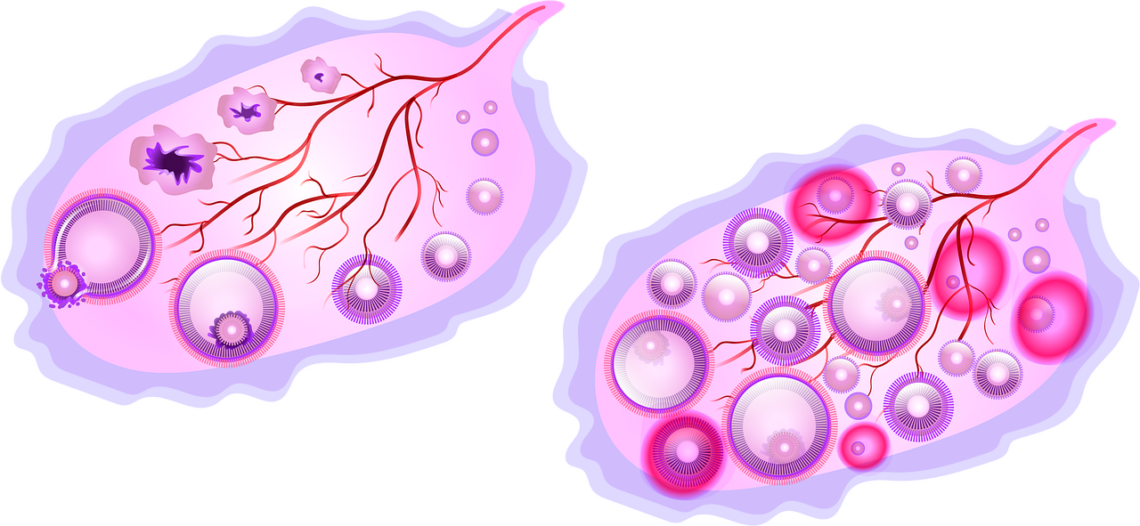When we talk about the temperature curve for calculating the date of ovulation, we often think of the old grandmother’s method, which is a little outdated and, above all, not very reliable.
And this is not entirely wrong! Of course, it is better to keep up with the times and study the mira fertility reviews in order to be aware of modern, advanced, and more accurate methods. However, daily temperature measurement is also part of much more serious approaches to natural fertility management (such as symptothermia) and, in combination with other observations, can help confirm that you have indeed ovulated.
What is basal temperature?
Let’s start from the beginning: basal temperature is the main body temperature, the lowest at rest, and is usually measured after a few hours of sleep.
Indeed, our body temperature changes throughout the day, and in the evening it is higher than in the morning, under the influence of various parameters: physical activity, stress, heart rate, alcohol, etc. However, in order to be able to accurately and without interference analyze your development during the menstrual cycle, it is important to measure the basal temperature when you wake up (or at night).
How does body temperature change before and after ovulation?
As you have already understood, the point of temperature monitoring is not to see how it changes in the morning, but at different stages of the menstrual cycle. In fact, it is directly related to our hormonal activity and is influenced by two ovarian hormones that control ovulation: estrogen and progesterone.
Basal temperature before ovulation
During the first part of the cycle (from the first day of menstruation to ovulation), estrogens control the situation and are produced by maturing follicles, then by follicles containing that selected oocyte. However, estrogens have no effect on basal temperature, so they remain at a “neutral” value. This body temperature may fluctuate before ovulation, but remains at a so-called “low plateau.”
In some women, body temperature drops immediately before ovulation, and rises to a high level the next day. Thus, we can observe a low plateau, a drop during ovulation, and then a sharp rise immediately after it!
The duration of this pre-ovulatory (or follicular) phase varies from one woman to another, as well as depending on the cycle since ovulation does not necessarily occur every time on the same day!
Basal temperature after ovulation
As soon as the egg leaves the body, its follicle turns into a yellow body secreting progesterone. Its name means “pregnancy prediction”, so it is designed to create conditions conducive to pregnancy. And imagine that among these conditions there is a slightly higher body temperature to create a warm nest to accommodate the embryo.
Thus, progesterone is largely responsible for the increase in body temperature in the luteal phase, it causes an increase of 0.3-0.5 ° C, which persists throughout the second part of the cycle, until the next menstruation (they talk about hyperthermia). Then we are talking about a “high plateau”, which is quite clearly visible on the temperature curve.
If the egg has not been fertilized yet, progesterone levels drop immediately before the next menstruation, which actually leads to a drop in body temperature. On the other hand, in the case of conception, progesterone persists and the temperature remains very high. It is also a fairly reliable indicator of the onset of pregnancy. When the temperature stays at its high plateau for more than 18 days, there is almost no doubt!
In other words, the phenomenon that causes a sudden increase in temperature is… ovulation!
Ovulation temperature curve: how do you assess your high and low plateaus?
The method varies from one school to another, but the idea is usually to measure at least 6 “low” temperatures in the first part of the cycle and wait until you see 3 or 4 “high” temperatures at least 0.2 or 0.3°C above the “low” to one could consider oneself infertile (in parallel with the observation of cervical mucus, we will talk about this later!).
What are the advantages of measuring basal temperature?
- Optimize your chances of getting pregnant;
- Knowing the date of ovulation will let you know when you need to give your best with your partner if you want to increase your chances of getting pregnant!
Conclusion
The problem with the temperature method alone, as we have seen, is that we can only confirm a posteriori that ovulation has occurred and we have entered the luteal phase. However, when we know that the fertility window opens about 5 days before ovulation (due to the lifespan of the sperm in the cervical mucus) and closes the next day (the egg lives only 12 to 24 hours). While this method alone does not predict ovulation in advance, it effectively confirms its occurrence. When combined with other fertility indicators, such as cervical mucus tracking, it becomes a more reliable tool.
Read more health articles at ClichéMag.com
Images provided by Deposit Photos, BingAI, Adobe Stock, Unsplash, Pexels, Pixabay & Creative Commons




